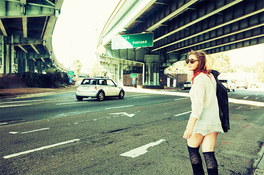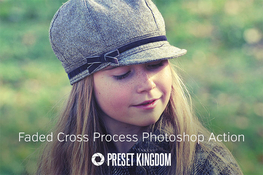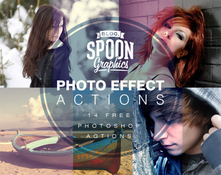photocookies
Member
Hi all!
I'm just starting doing photos and I'd get a hand regarding how I can get this type of color mood that I loved from the 90s. I shot mainly 35mm then go to PS.




Thank you so much, any type of tip to start to play or thread already opened regarding this is welcome!
I'm just starting doing photos and I'd get a hand regarding how I can get this type of color mood that I loved from the 90s. I shot mainly 35mm then go to PS.
Thank you so much, any type of tip to start to play or thread already opened regarding this is welcome!











